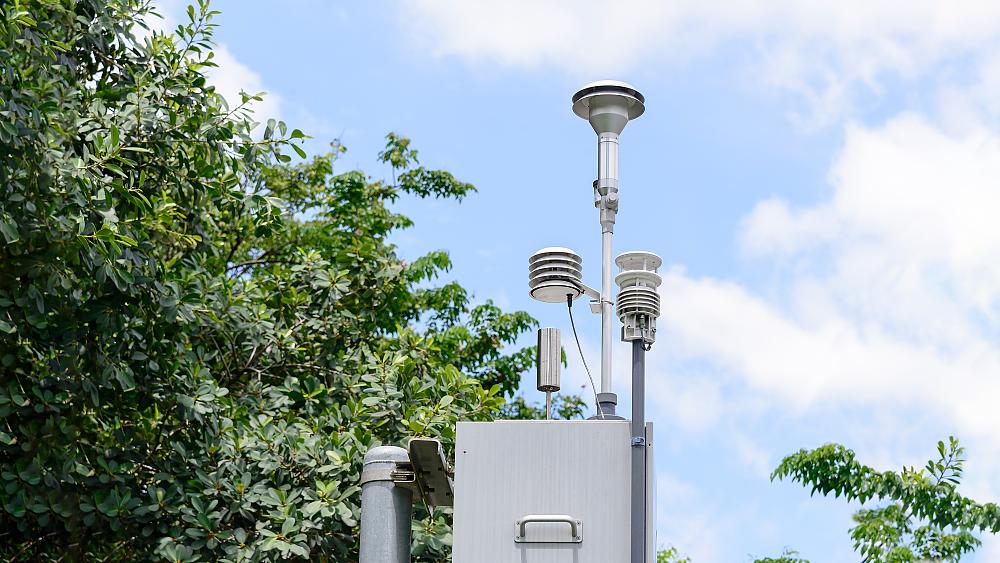Examination of ultrafine particles at Frankfurt Airport
The impact of aviation on air quality in the Rhine-Main area has been increasingly discussed since the opening of the northwestern runway at Frankfurt Airport in November 2011: Is the airport a significant source of ultrafine particles? What is the level of ultrafine particle exposure in its vicinity? And what health burdens does this impose on the population? The Ultrafine Particle Study conducted by the Airport and Region Forum seeks to address these questions and fill existing knowledge gaps.

Measurements of ultrafine particles
Prior to the initiation of the Ultrafine Particle Study, the Umwelt und Nachbarschftshaus (Office Airport and Region Forum, FFR) in collaboration with partner organizations, conducted measurements of air pollutant concentrations within the influence area of the northwestern runway and the airport as part of its environmental monitoring efforts. Since 2017, measurements of ultrafine particles have been progressively expanded through cooperation with the Hessian Agency for Nature Conservation, Environment and Geology (HLNUG). An overview of the (UFP) measurement locations in the airport region and further information about the Umwelt- und nachbarschftshaus's monitoring can be found on their website.
Air quality monitoring station
With the puplication of the first UFP (Ultrafine Particle) report by HLNUG in July 2018, a connection between Frankfurt Airport and elevated daytime concentrations, particularly in regard to ultrafine particles, was established for the first time when the wind blows from the direction of the airport.
"Currently, there is no established benchmark for the concentration of ultrafine particles in the air, either from a legal or medical research perspective. This lack of a standardized assessment makes it challenging to provide a clear evaluation of measurement data and highlights the significant need for further research. This applies to both road and air traffic, as well as other sources of ultrafine particles. Building upon the experiences of the NORAH study, we aim to conduct a comprehensive examination of ultrafine particle exposure in the Rhein-Main region. This endeavor will once again be spearheaded by the Airport and Region Forum and taken on as a new focal task of the FFR."
Coalition Agreement between CDU Hessen and BÜNDNIS 90/DIE GRÜNEN Hessen for the 20th Legislative Period"
The purpose of the FFR
Among other things, the findings mentioned above by the HLNUG prompted the Hessian state government in 2018 to task the Airport and Region Forum (FFR) with focusing on the issue of ultrafine particles and conducting a study. This commitment is also enshrined in the state government's coalition agreement.
Following this, the FFR passed a resolution on October 30, 2020, in which the FFR's Coordination Council approved the tendering of a study on ultrafine particles. The Environmental and Neighborhood House is responsible for commissioning and overseeing the study in its role as the FFR's secretariat.
The objectives of the study
The study is intended to provide clarity through two sub-studies (Exposure Study and Impact Study). Firstly, it aims to determine the concentration of ultrafine particles in the region and ascertain the portion attributable to Frankfurt Airport as opposed to other sources. In this context, it also examines how arrivals, departures, and overflights contribute to ground-level ultrafine particle concentrations. Building upon this, the second part of the study will focus on investigating the impact of ultrafine particles on the health of individuals in the Rhein-Main region.
